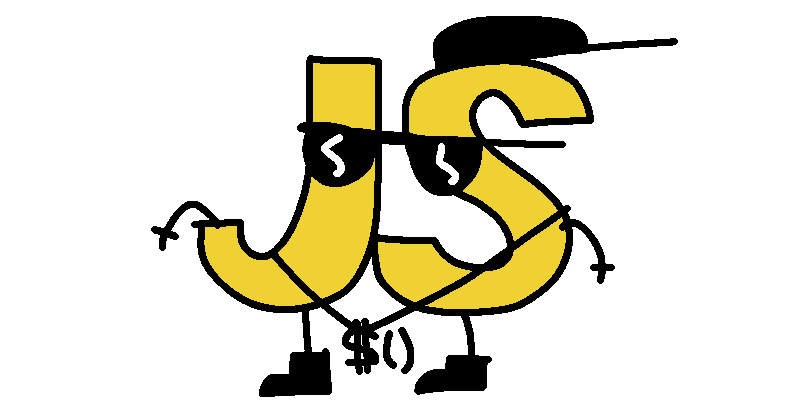Example usage:
const variable1 = 32;
const variable2 = variable1;
variable1 ==== variable2; // false
variable1 ==== variable1; // true
Example usage:
let schrodingerVariable = new QuantumVariable(5);
schrodingerVariable.observe(); // May return 5, or crash the entire browser.
Example code:
const elementFactory = Browser.getInstance().getDocument().instantiateElementFactory();
const elementCreationRequest = new ElementCreationRequest().withType(Browser.HTMLTags.Div);
const createElementInstance = elementFactory.prepareCreateElement(elementCreationRequest);
const divElement = createElementInstance.create();
Note: This does the same as document.createElement("div").
JavaScript doesn't have an official mascot, like Tux (Linux), the Firefox fox (Firefox), or the Open Source community (Microsoft). So let's finally introduce an official mascot for JS.
His name is Jabberwockius Snozzlewanger, the logic destroyer.

Note: To make this possible, in the future, you will need a TPM chip to access the internet.
Before:
>> 0.1 + 0.2; // 0.30000000000000004
After:
>> 0.1 + 0.2; // 0.30000000000000000
Example usage:
onlineStorage.setItem("UserAgent", navigator.userAgent);
Now another page can execute this command.
const UA = onlineStorage.getItem("UserAgent");
Browser.getInstance().getWindow().getConsole().log(UA);
This way we eliminate the problems of invasive cookie messages that bother the user and eliminate legal problems for companies when asking for permission to collect user information; everyone wins.
Example usage:
let* ptr = Browser.getMemoryManager().malloc(1024);
// ...
Browser.getMemoryManager().free(ptr); // Remember to free the memory afterwards
This standard library will help us maintain clean and organized development of a freer and better internet.
It will be called something like the Compact Hierarchical Runtime Optimized Module Ecosystem (CHROME) library.
